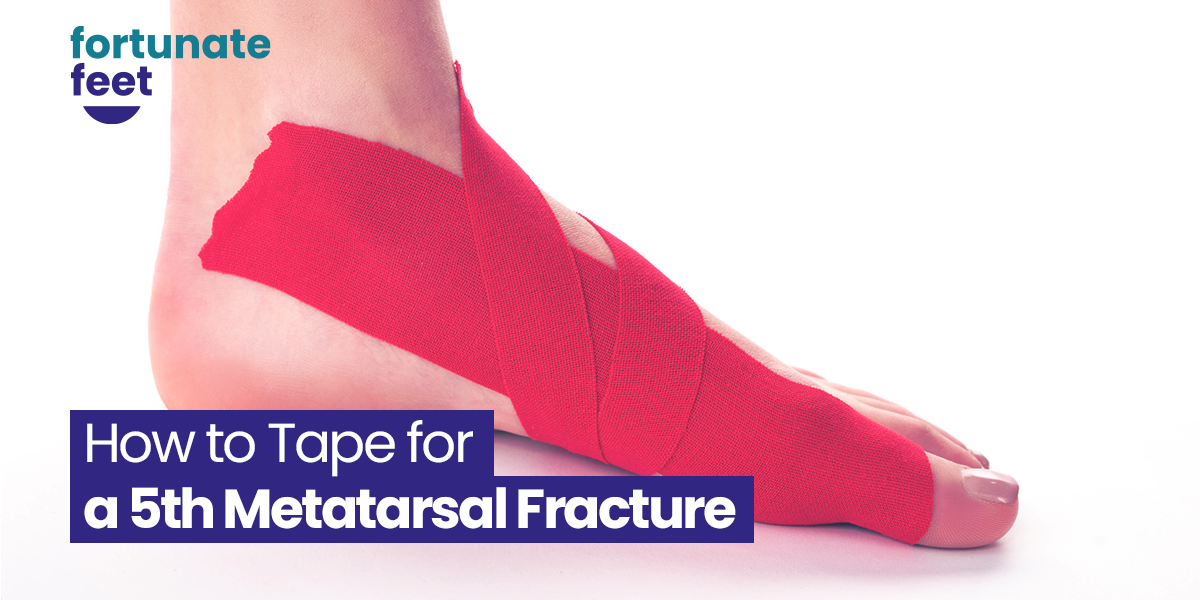


Approximately one-third of metatarsal fractures involve the shaft or distal portion of the. In older children, fracture of the base of the fifth metatarsal is more frequent 1,3. In children 5 years of age, the first metatarsal is most commonly injured 1,2. You may also be placed in a cast or hard boot. Metatarsal fractures account for the majority of pediatric foot fractures. A vascular watershed area exists in zone 2, contributing to the high nonunion rates seen with these fractures.Ĭopyright © 2023, StatPearls Publishing LLC. If surgery is needed, you will typically need to stay off your foot for at least 6-8 weeks to allow your fracture to heal. Metaphyseal arteries and diaphyseal nutrient arteries provide the blood supply to the fifth metatarsal base. Metatarsal fractures are one of the most common injuries of the midfoot with an incidence of up to 75 persons per 100,000 per year among adults 1,2,3.More than half of all metatarsal fractures involve the fifth metatarsal bone and the majority is located at the proximal end 1, 3. Additionally, a patient may sustain a shaft fracture greater than 1.5 cm distal to the tuberosity, a long spiral fracture extending into the distal metaphyseal area, the so-called dancer's fracture, or a stress fracture of the metatarsal.Ĭlassification of these fractures is crucial to making management decisions. The most frequent fracture seen is the fifth metatarsal, accounting for 68 of metatarsal fractures. Top answers from doctors based on your search: Disclaimer. Chris Mallac explores the etiology and classification of 5th metatarsal fractures in athletes, provides diagnostic guidance, and available treatment. Fractures through zone 1 are called pseudo-Jones fractures, and fractures through zone 2 are referred to as Jones fractures. Eric Bluman: Not possible: Sprains are injuries of ligaments and the 5th metatarsal. NWB should be kept to a minimum for acute avulsions of the tuberosity of the fifth metatarsal. The most significant predictor of poor functional outcome was longer NWB, which was strongly associated with worse global outcome, discomfort, and reported stiffness. Nevertheless, it is critical that the clinician recognizes all injury patterns of the fifth metatarsal and initiate the appropriate treatment plan or referral process to avoid potential complications.Ĭlassified by Lawrence and Bottle, the base, or proximal aspect, of the fifth metatarsal is broken up into three anatomical zones: zone 1, the tuberosity zone 2, the metaphyseal-diaphyseal junction and zone 3, the diaphyseal area within 1.5 cm of the tuberosity. Patients who used self-adhesive taping (SAT) as treatment for tuberosity fractures of the proximal 5th metatarsal fared just as well as patients who were. Gender, age, and fracture type did not affect outcome. Since orthopedic surgeon Sir Robert Jones first described these fractures in 1902, there has been an abundance of literature focused on the proximal aspect of the fifth metacarpal due to its tendency towards poor bone healing. Fractures of the fifth metatarsal are common injuries that must be recognized and treated appropriately to avoid poor clinical outcomes for the patient.


 0 kommentar(er)
0 kommentar(er)
